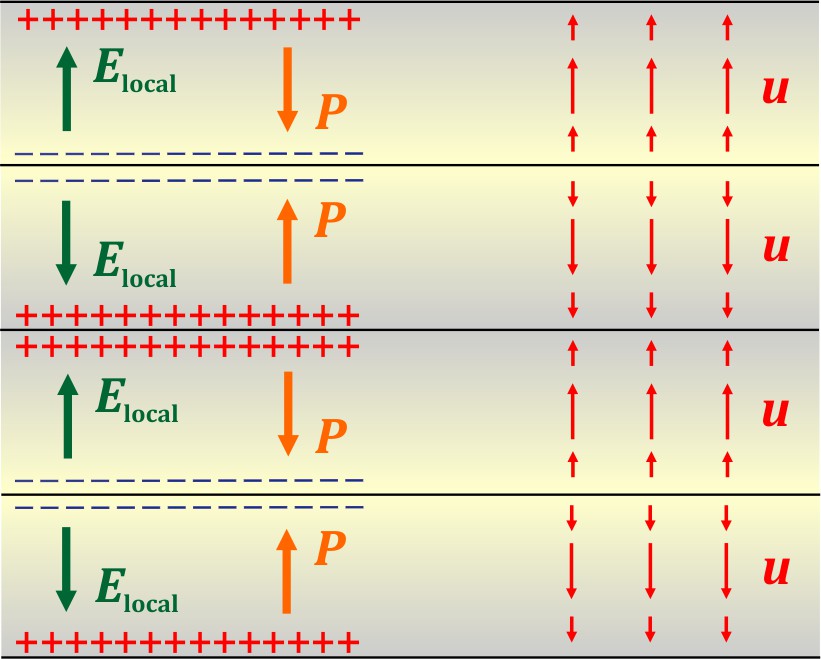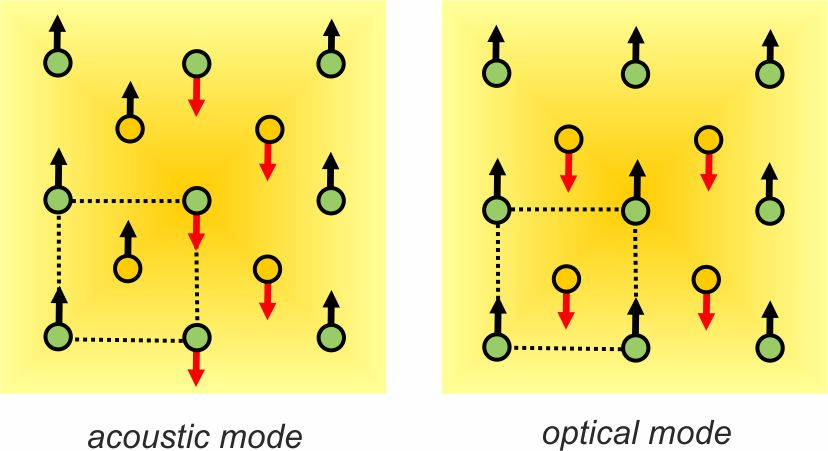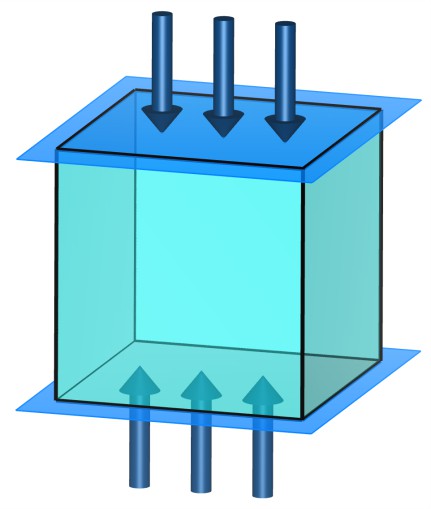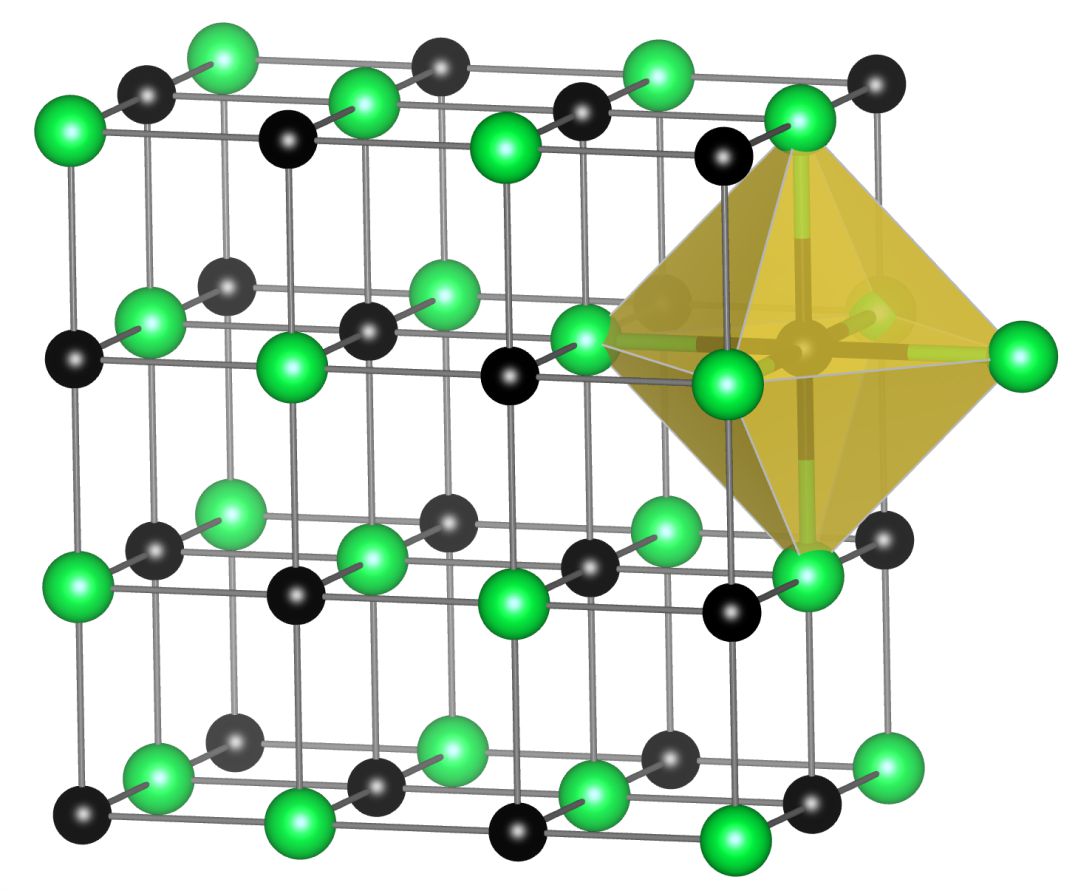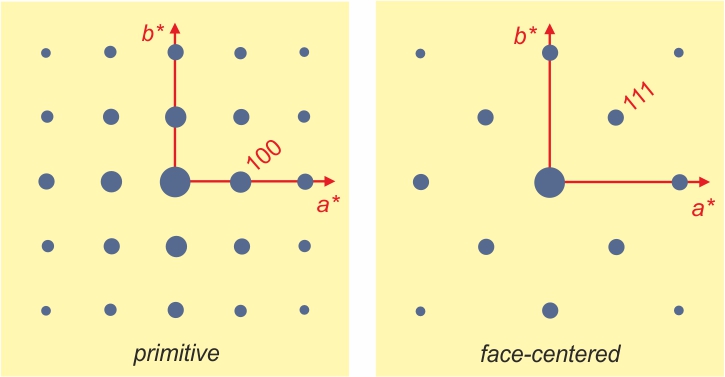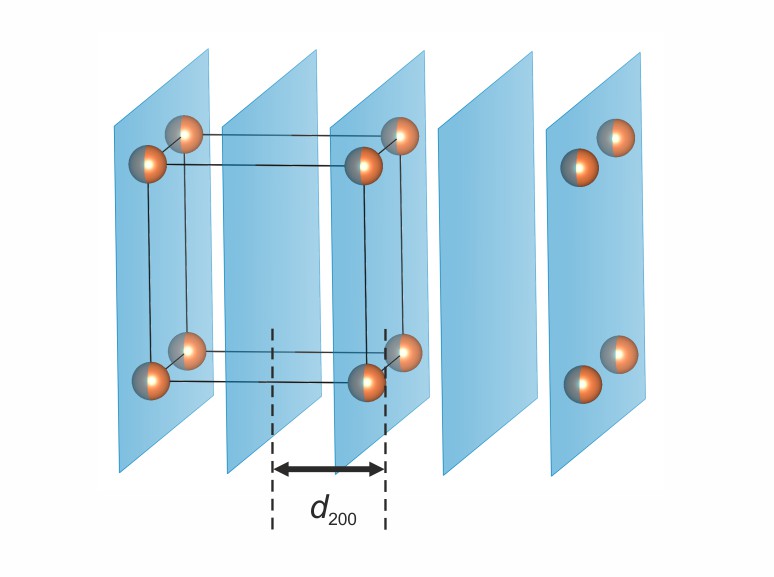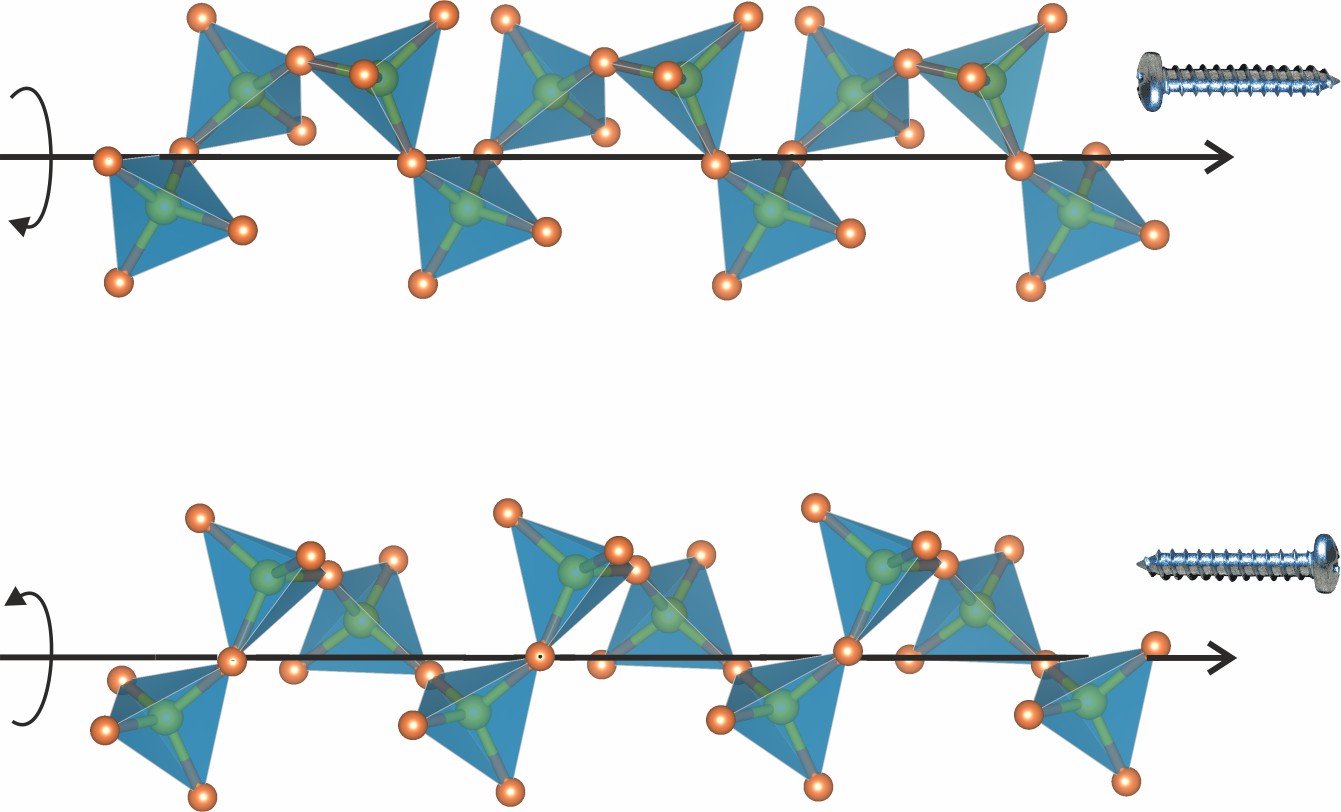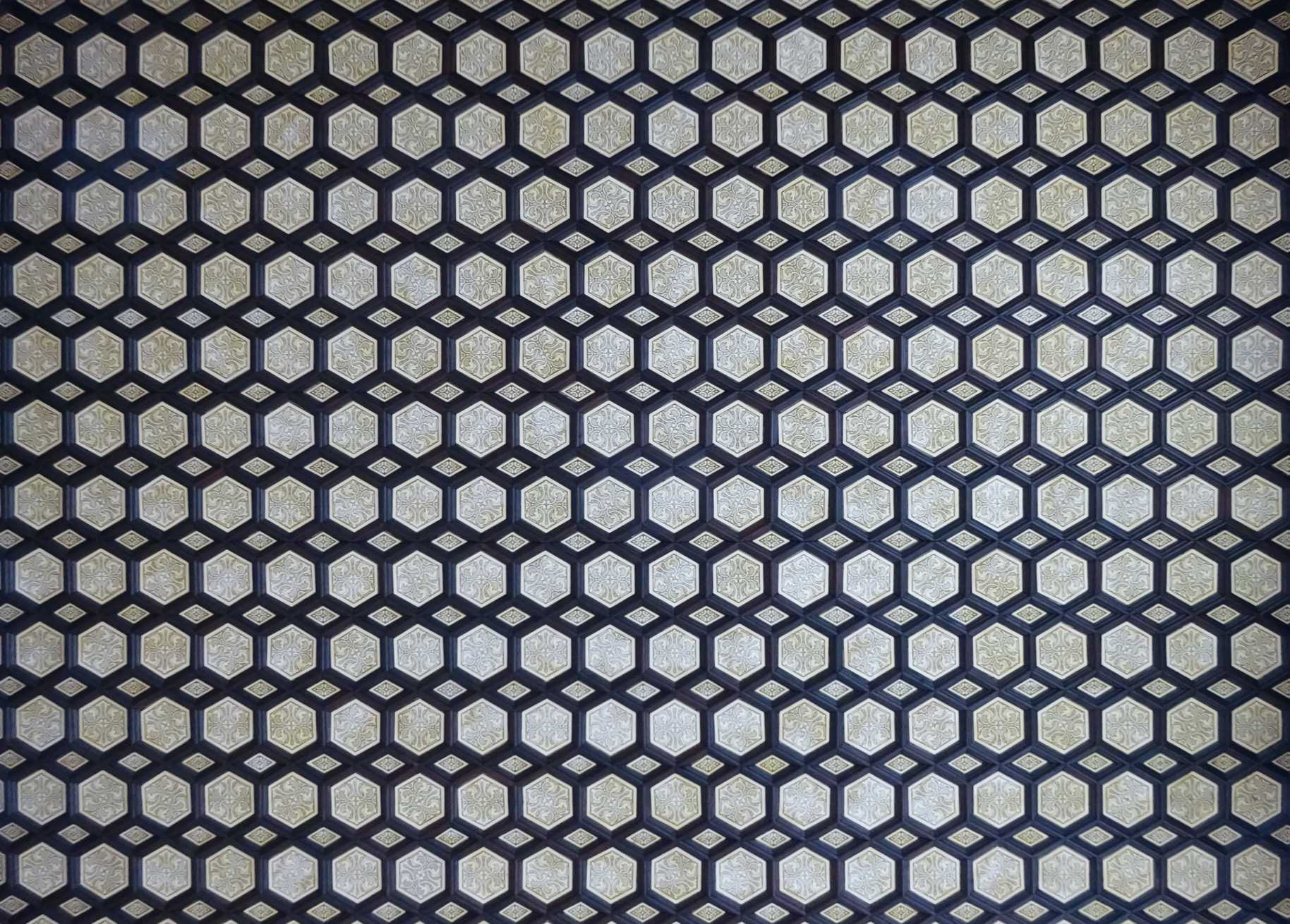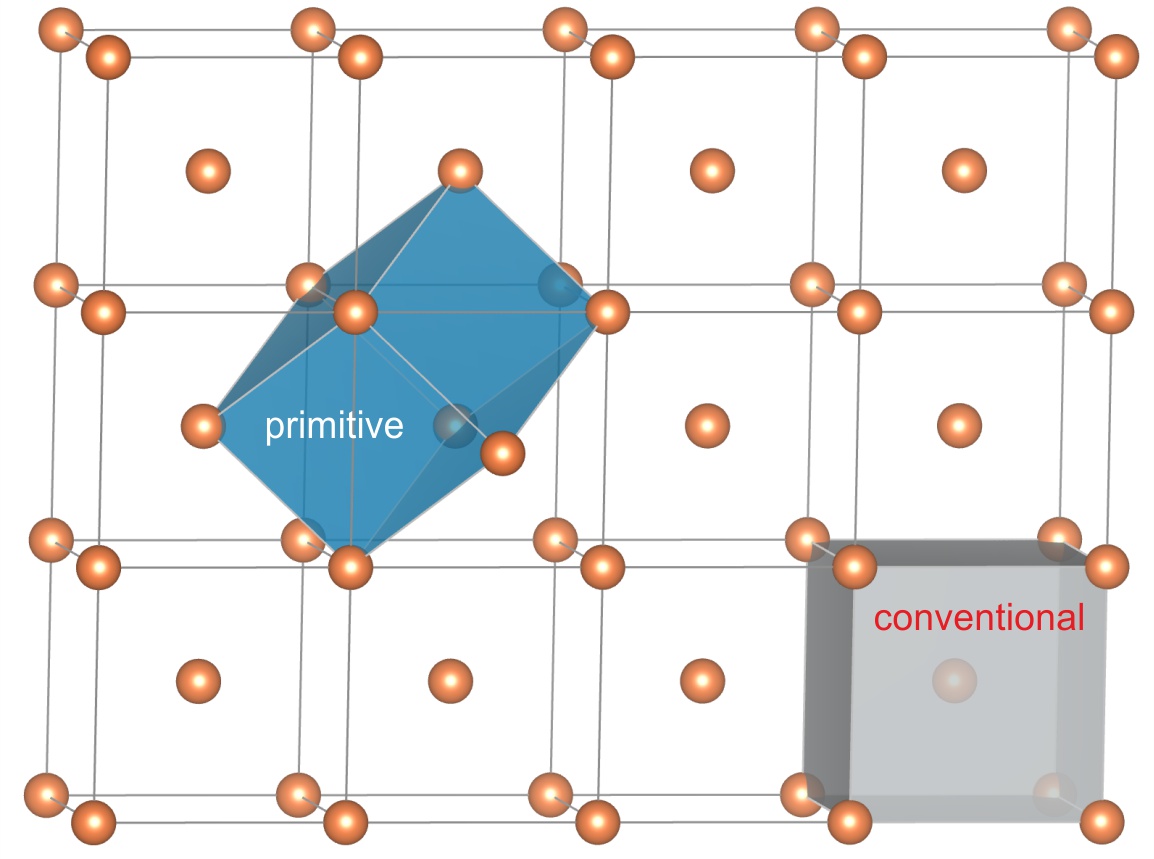Welcome to the Experimental Physics 6 – Solid-State Physics lecture, SS2025!
Exam
Written exam will take place on 29.07.25 at 12:00 in Großer Hörsaal
Lecture 11 (23.05.2025). Phonons and light
Unforeseen link between lattice vibrations and permittivity
infrared spectroscopy
greenhouse gases
Max Born and Edward Teller
Lecture 10 (22.05.2025). Phonons and sound
Lattice vibrations make noise and help in detecting earthquakes
ultrasound spectroscopy
Earth
Thomas Young
Lecture 9 (16.05.2025). Dielectric properties
Polarization from orientation, and how to use your microwave oven
dielectric spectroscopy
water and ice
Lorentz and Lorenz
Lecture 8 (15.05.2025). Mechanical properties
Stress, strain, and how to tear things apart
high-pressure XRD, mechanical tests
iron alloys
Robert Hooke
Lecture 7 (9.05.2025). Bonding in crystals
Close packings, holes, radii, and why size matters
calorimetry and Born-Haber cycle
tin
Linus Pauling
Lecture 6 (8.05.2025). Structure factor: all shades of diffraction
When extinctions are important, and how to catch light elements
neutron diffraction
solid hydrogen
DNA team
Lecture 5 (2.05.2025). Spaces of crystallography: Reciprocal lattice
From real space to the reciprocal space; x-rays as the tool for space travel
synchrotron x-ray diffraction
aperiodic crystals
Max von Laue and Paul Ewald
Lecture 4 (25.04.2025). Unpacking the crystal structure
Solid-state physics for dummies: a simple guide to crystal structures and their experimental probes
x-ray powder diffraction
diamond
William Bragg
Lecture 3 (24.04.2025). Systematics of crystals: symmetry groups
Solid-state physics for nerds: Universal classification of crystals and their properties
circular dichroism
chiral crystals and molecules
Evgraf Fedorov
Lecture 2 (17.04.2025). Symmetry as the guiding principle
What it means to be symmetric, and when wrong symmetry makes you aperiodic
polarimetry and birefringence
quasicrystals
Dan Shechtman
Lecture 1 (10.04.2025). Bravais lattice, or how to pack a crystal?
We will learn how to build a lattice, and how large the kissing number can be
electron microscopy
photonic crystals
N.B. Lecture slides contain images from publications that may be licensed differently from the rest of this webpage.
